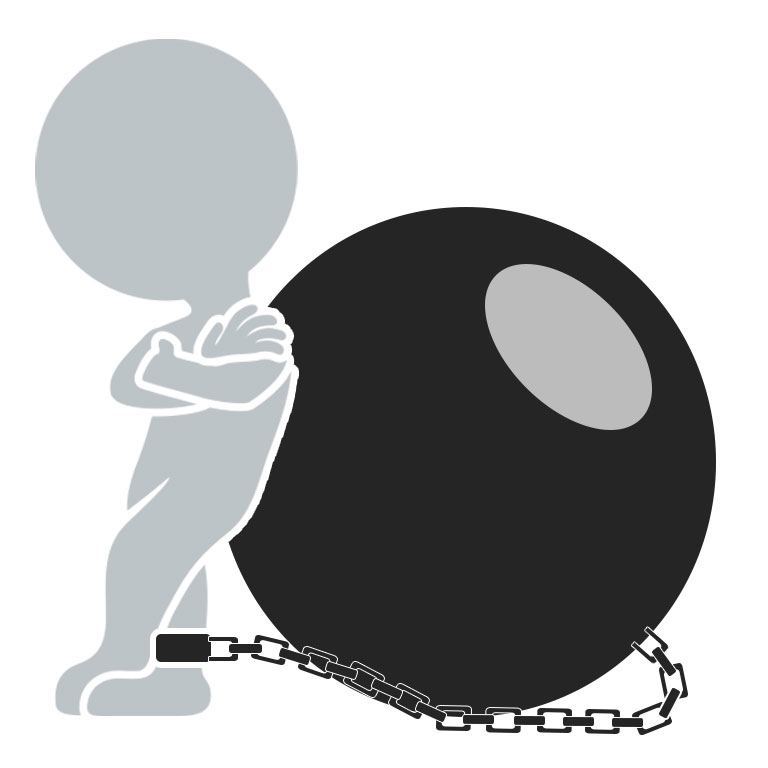Over the 2014/15 and 2015/16 seasons, the Los Angeles (LA) Opera implemented a program to promote opera to the general public by placing opera and opera-related stories and images in popular television, film, and other entertainment media. The program came about thanks to an Opera America’s Building Opera Audiences grant.
Part 1 in this series examined the program’s scope and implementation and today’s installment will focus on what the LA Opera learned from the experience and what they feel needs to happen in order for the program to continue.
Lessons Learned
Examining success and failure is always a delicate subject. I’m grateful to see the LA Opera was willing to examine several key aspects of their findings.
While effective, these efforts require more time and cash than originally anticipated.
“After two years, we learned that promoting opera and developing new audiences through this method can be very effective over the long term, but it requires a significantly longer start-up period and lots of education about opera,” said Flores Waite. “That, as well as a significant amount of funds to compete with the paid product placements offered by others.”
Most organizations are likely very interested in learning about how much more money it would take for a program like this to cross a positive return on investment threshold.
Unfortunately, this is another area that when pressed for details, the LA Opera declined to provide additional information.
Collaboration not only helps; it makes the difference between success and failure.
“We also learned that collaboration amongst all of the companies on behalf of the artform collectively, is a key factor to success,” said Flores Waite.
Having said that, the LA Opera also concluded that successful collaboration would require staff and pooled resources.
“While we continue to explore these opportunities on a case-by-case basis, a continued effort focused on this strategy specifically would require dedicated staff and funding across a multitude of organizations, which is a challenge for the companies who are mostly funded by philanthropic efforts,” said Flores Waite.
Competition with paid product placement was fierce.
Interestingly enough, one of the larger challenges the program encountered came not only from competing storylines, but from paid product placement. The ease of inserting those products along with the revenue they provide the respective production, make the opera angle a tougher sell.
“While brands with physical products are able to offer their products that don’t necessarily change the story lines, a scene about opera, or an opera house, most definitely requires story planning,” said Flores Waite. “We don’t have details available for every single script pitch, but pitching opera story lines was likely the first approach in the majority of the 116 pitches. For example, a scene for a date at the opera was pitched for La La Land, but that did not materialize and instead we sent opera posters and props for use in the film.”
At the same time, the program did encounter some success in being available when planned product placements fell through at the eleventh hour.
While these opportunities did arise, they highlighted additional challenges that arise when working with multiple opera companies. As a result, the LA Opera discovered that having generic assets available provided a worthwhile stop-gap measure to prevent missing out on opportunity.
“We did find an opportunity in ‘last minute fixes’ when paid placements fell through and the contacts we made, reached out to us noting that they needed something immediately,” said Flores Waite. “This is where it got tricky working with other opera houses. While all companies were on board with the project, the last-minute nature of many of the requests made it hard to facilitate in terms of permissions and organizational bureaucracies. In order to solve this, we focused on providing generic, opera-focused materials that could be used at any time to represent the artform without having to navigate the permissions for each individual request. This proved to be our most successful approach, but as with all engagement efforts that are not direct marketing, its direct success and influence is extremely hard to measure, especially when the realization is so long after the initial outreach and investment.”
Was It Worth It?
In short; yes, but with caveats. Here’s how the LA Opera summarized their findings.
“We saw great potential for promoting the art form with opera references in general entertainment media,” said Flores Waite. “Our key learnings for the effort were that it takes many years for these opportunities to see fruition, that we need to test various strategies to see what would be most effective, and that major funds are required to be competitive with other product placements. While we committed two full years to this, not only was it was not long enough to capture all the results, it wasn’t enough time to get a true measure on the full opportunity. We all knew there was great potential, but we learned that we simply did not have enough time or funds to do it at a level that would be competitive with corporate brands that dedicate large portions of their marketing budgets to product placement.
In addition to competing with paid product placement, the LA Opera also believes a successful program is only possible if opera companies band together and allocate ongoing resources to these efforts.
“We continue to see the potential in this, but learned through the pilot, that in order to garner results that would truly have enough influence to measure, it would take a dedicated, industry-wide approach (perhaps even independent organization dedicated to this), many years of commitment and continued dedication of resources,” said Flores Waite.
Post Credit Scene
It’s worth noting that since this program took place, the entertainment industry has undergone extreme changes in the way programs come to fruition.
The transition from content distribution provider to content creator by companies such as Netflix has had a profound impact on how programs are made and who influences those decisions.
Re-Branding Opera for the 21st Century was an idea slightly ahead of its time in that it transpired right before the period when these changes began to unfold.
Given this rapidly changing landscape, it seems there is ample evidence to support additional funding a second phase of the program from a foundation that realizes the value of influencing the entertainment industry during this period of transition.


